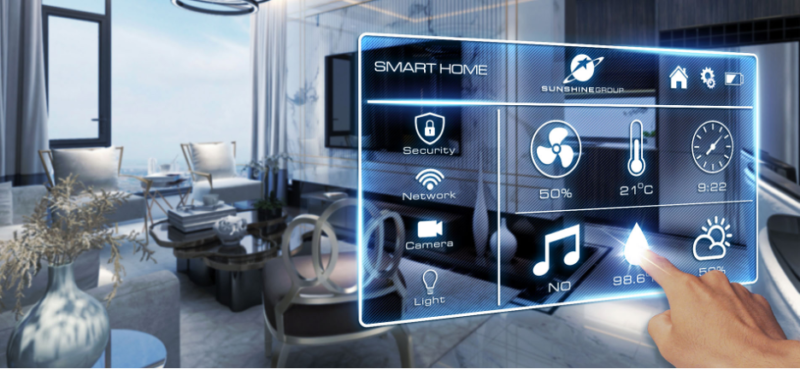Introduction to Cybersecurity for Smart Homeowners
In today's digital age, the concept of a smart home is no longer a futuristic dream but a present reality. With the increasing number of smart devices, from thermostats to security cameras, homeowners are enjoying unparalleled convenience and control. However, this convenience comes with its own set of challenges, primarily in ensuring effective cybersecurity for smart homeowners. As these devices become more integrated into our daily lives, the risks associated with them also rise, making it crucial for homeowners to be vigilant.
The potential vulnerabilities in smart homes are numerous, and without proper measures, your personal data and privacy could be at significant risk. This article aims to explore the essential strategies and tips on how homeowners can secure their smart homes and protect their digital sanctuaries.

Understanding the Risks in Smart Homes
Smart homes, equipped with IoT (Internet of Things) devices, are designed to make life easier and more efficient. However, these devices can also become gateways for cybercriminals if not properly secured. The very features that make them 'smart' also make them susceptible to attacks. For instance, a weakly protected smart camera can provide unauthorized access to your home's interior. The consequences of such breaches can be severe, ranging from identity theft to financial loss.
An article on protecting smart homes from hackers offers insight into common vulnerabilities and how to address them.
Strategies for Enhancing Cybersecurity in Smart Homes
1. Secure Your Network
The first line of defense in securing your smart home is your network. A robust and secure Wi-Fi network can prevent unauthorized access to your devices. Ensure that your Wi-Fi is encrypted and protected with a strong password. Regularly update your routers firmware to fix any security bugs. Consider setting up a separate network for your smart devices to minimize the risk of exposure to your primary network.
2. Regularly Update Your Devices
Manufacturers frequently release updates for smart devices that patch security vulnerabilities. Regularly updating your devices ensures that they are equipped with the latest security features. Most smart devices offer automatic update optionsenable this feature to keep your devices secure without having to manually check for updates.
3. Use Strong, Unique Passwords
Using strong, unique passwords for each of your smart devices is critical. Avoid default passwords that come with the devices, as these are often known to hackers. A good password should be a combination of letters, numbers, and symbols. Consider using a password manager to keep track of your passwords securely.
4. Monitor Device Permissions
When setting up new smart devices, be mindful of the permissions they request. Some devices may request access to more data than necessary. Regularly review and adjust the permissions for each device to ensure they only have access to what they truly need to function.
For a deeper dive into securing smart devices, refer to this guide on smart device safety.
The Role of Homeowners in Securing Smart Homes
As a homeowner, taking an active role in securing your smart home is paramount. This involves staying informed about the latest cybersecurity threats and best practices. Regularly educate yourself and other residents of your household on the importance of cybersecurity. Awareness can significantly reduce the risk of falling victim to cyber threats.
It's also beneficial to invest in cybersecurity tools such as firewalls and antivirus software specifically designed for smart homes. These tools can provide an additional layer of protection and help detect and mitigate potential threats before they cause harm.
For insights on creating a secure smart home environment, check out this comprehensive guide.

FAQ Section
1. Why is cybersecurity important for smart homeowners?
Cybersecurity is crucial for smart homeowners to protect personal data and privacy from cyber threats. Smart devices, if not secured, can be exploited by hackers to gain unauthorized access to your home network.
2. What are the common risks associated with smart homes?
Common risks include unauthorized access to devices, data breaches, and malware attacks. These risks can lead to identity theft, financial loss, and invasion of privacy.
3. How can I improve the security of my smart devices?
Improve security by setting strong, unique passwords, regularly updating device firmware, securing your Wi-Fi network, and monitoring device permissions. Consider using a separate network for your smart devices.
Conclusion
As smart homes become more prevalent, the need for robust cybersecurity measures becomes increasingly important. Homeowners must take proactive steps to secure their digital sanctuaries and protect themselves from potential threats. By staying informed and implementing the strategies discussed in this article, homeowners can enjoy the benefits of smart technology without compromising their security. Remember, the safety of your home is not just about physical locks but also about securing the digital gateways.

